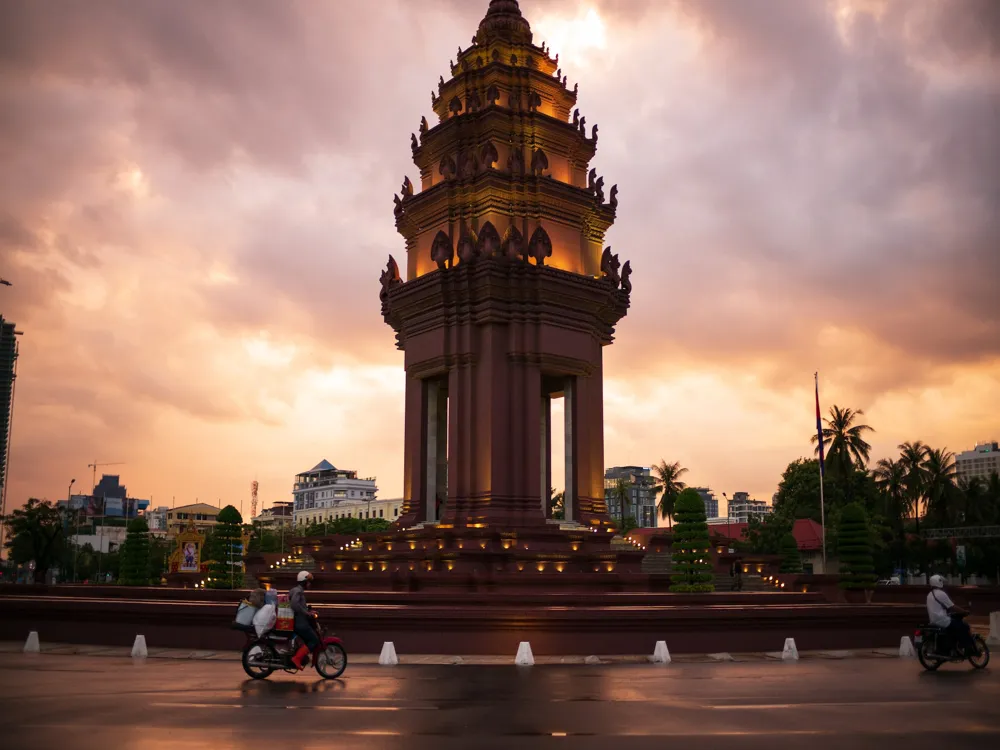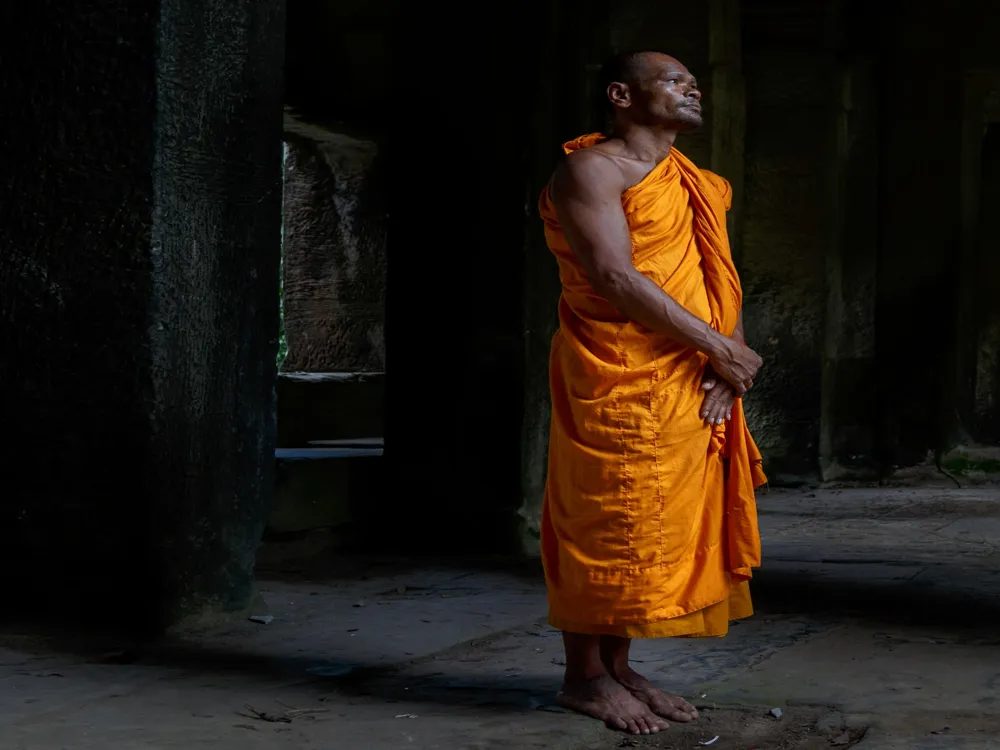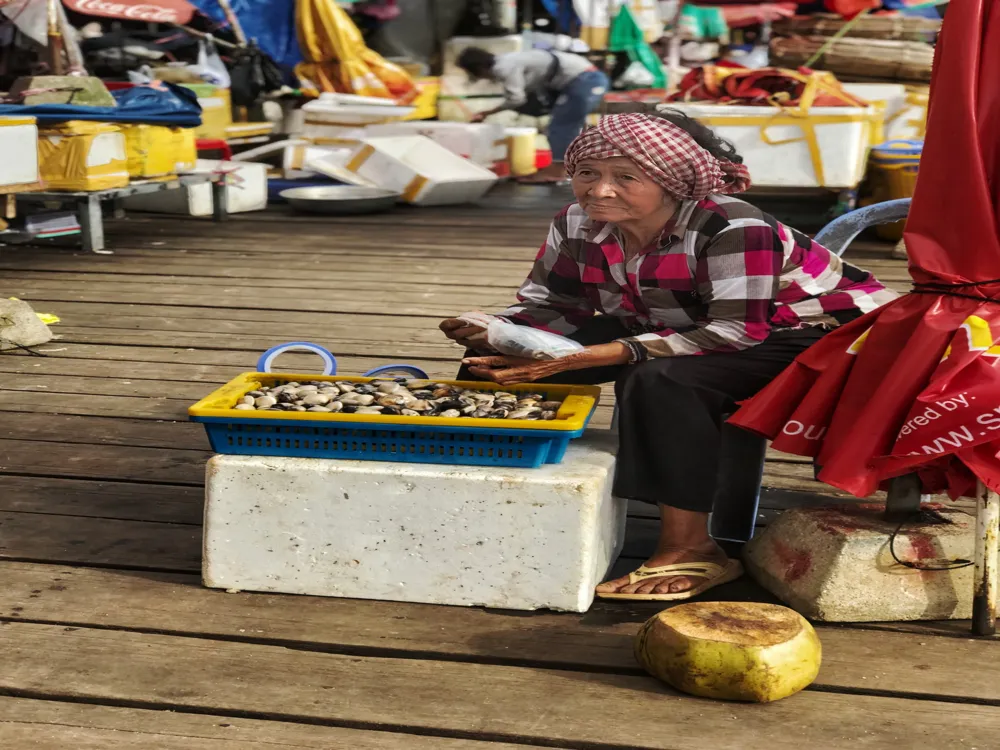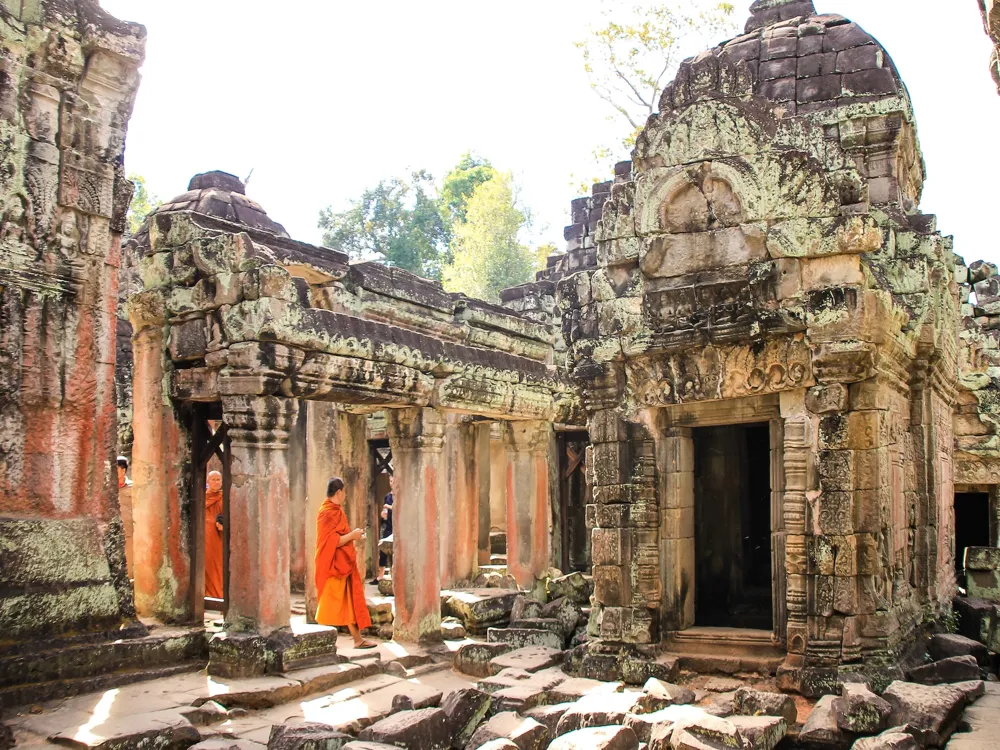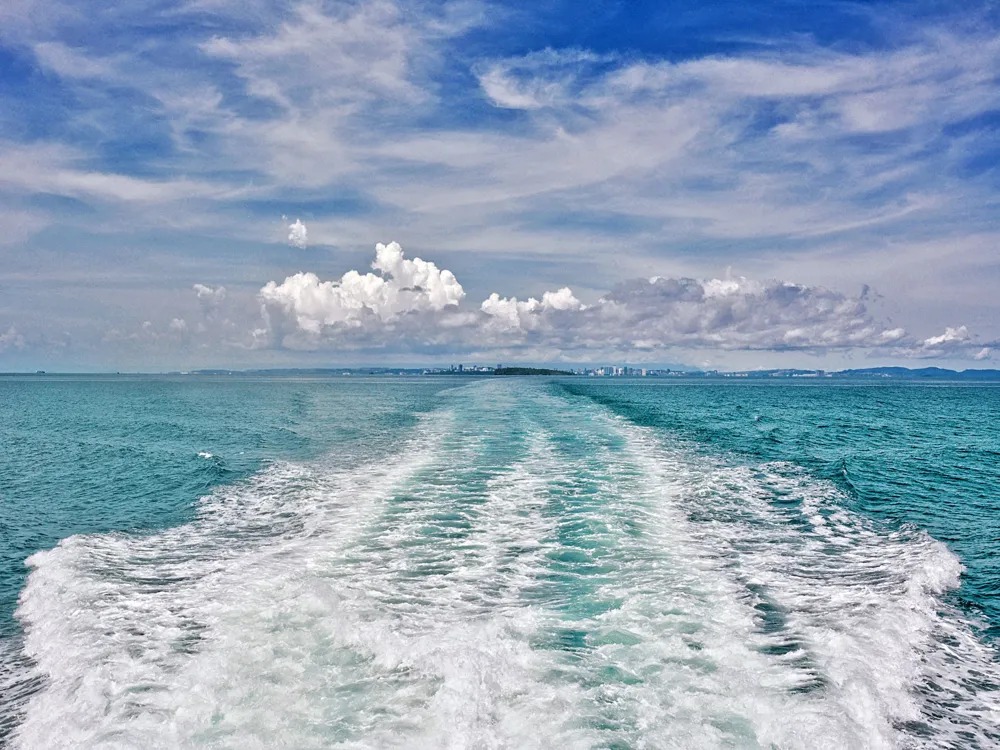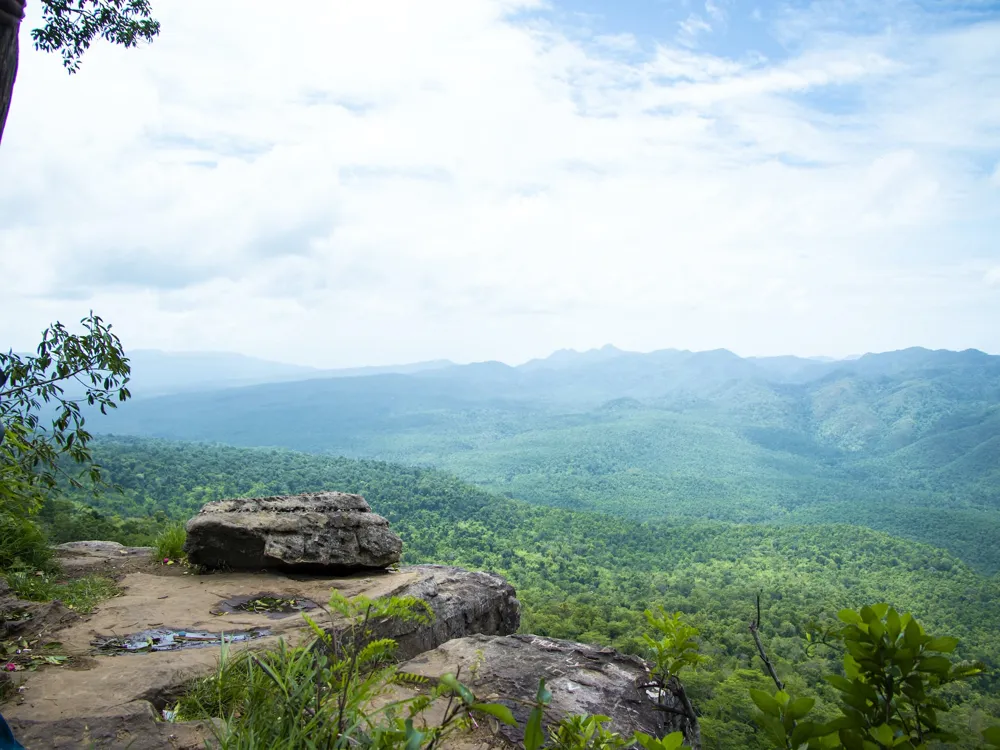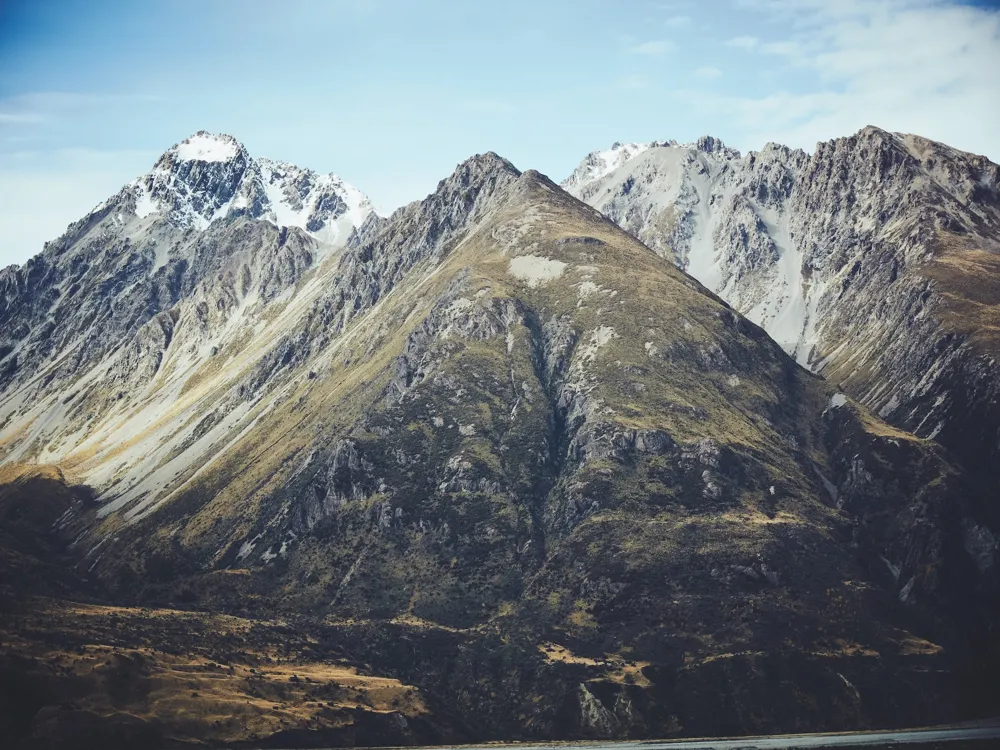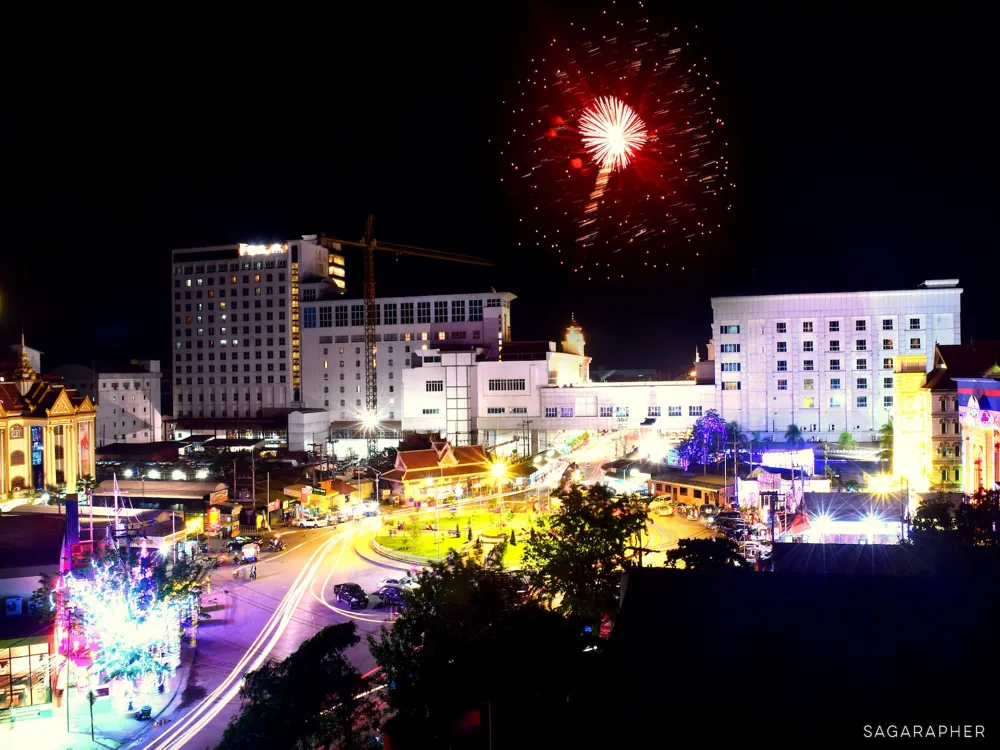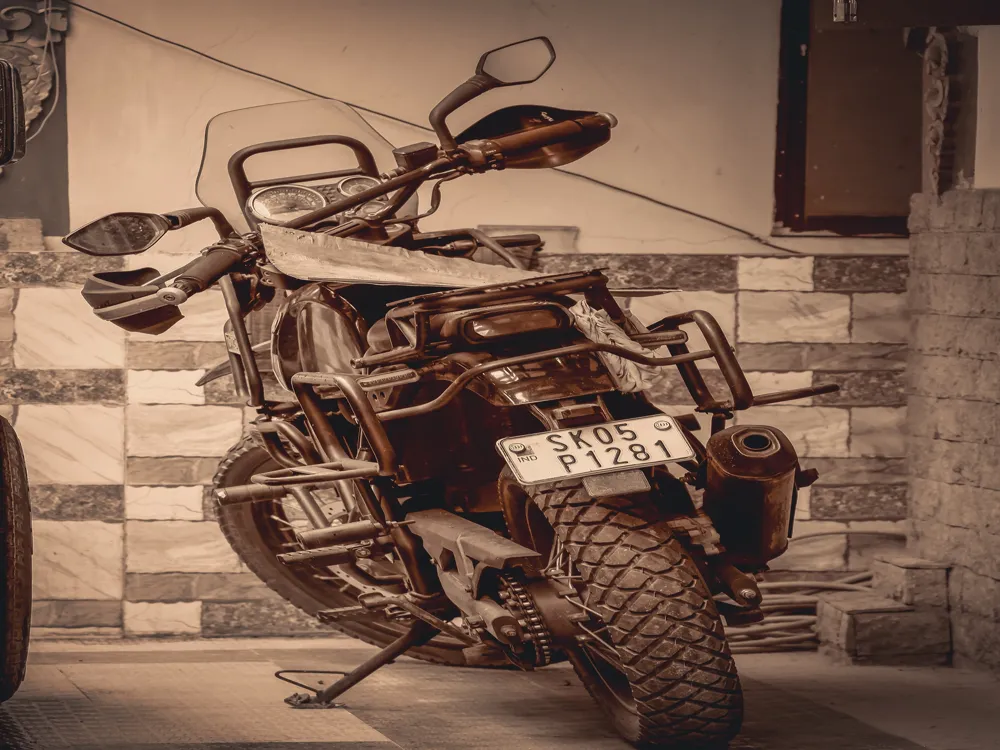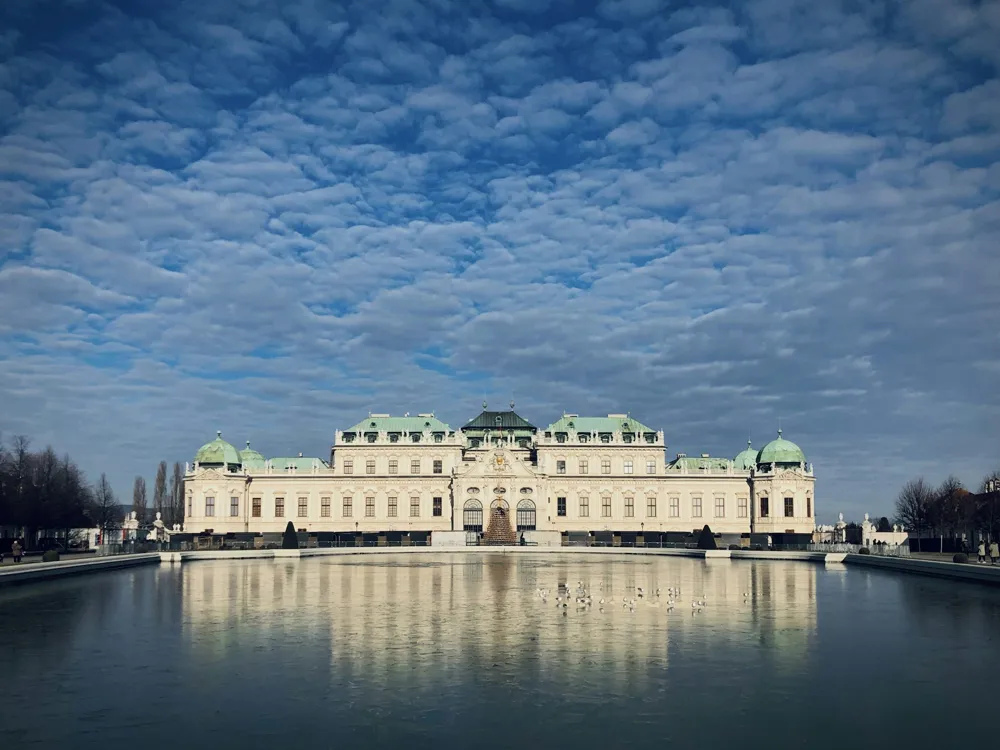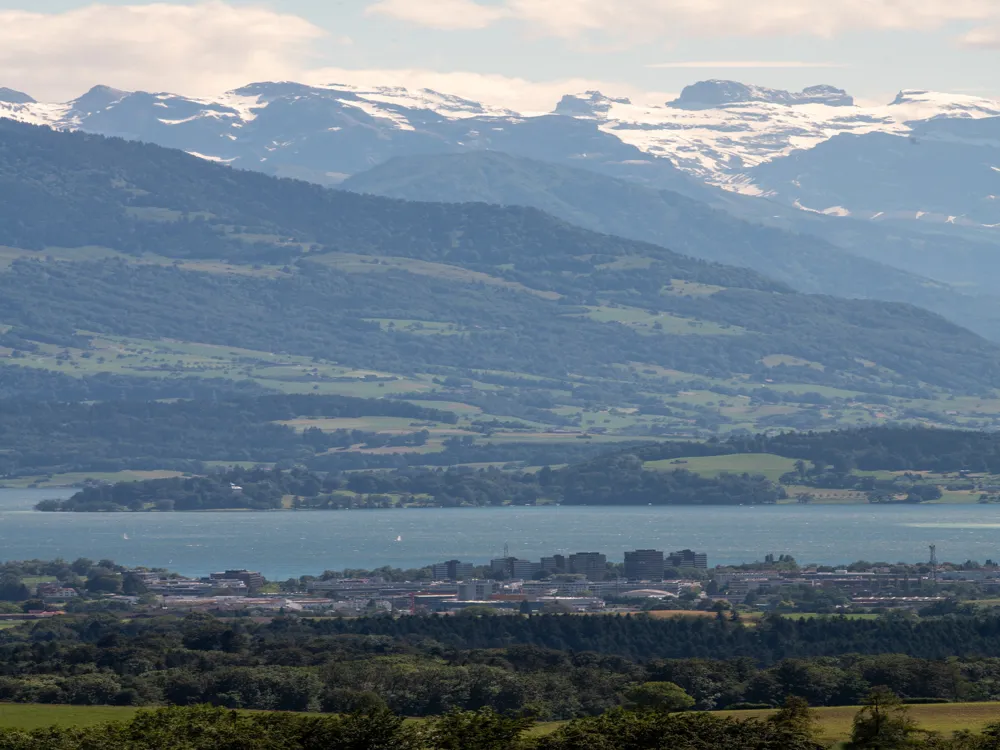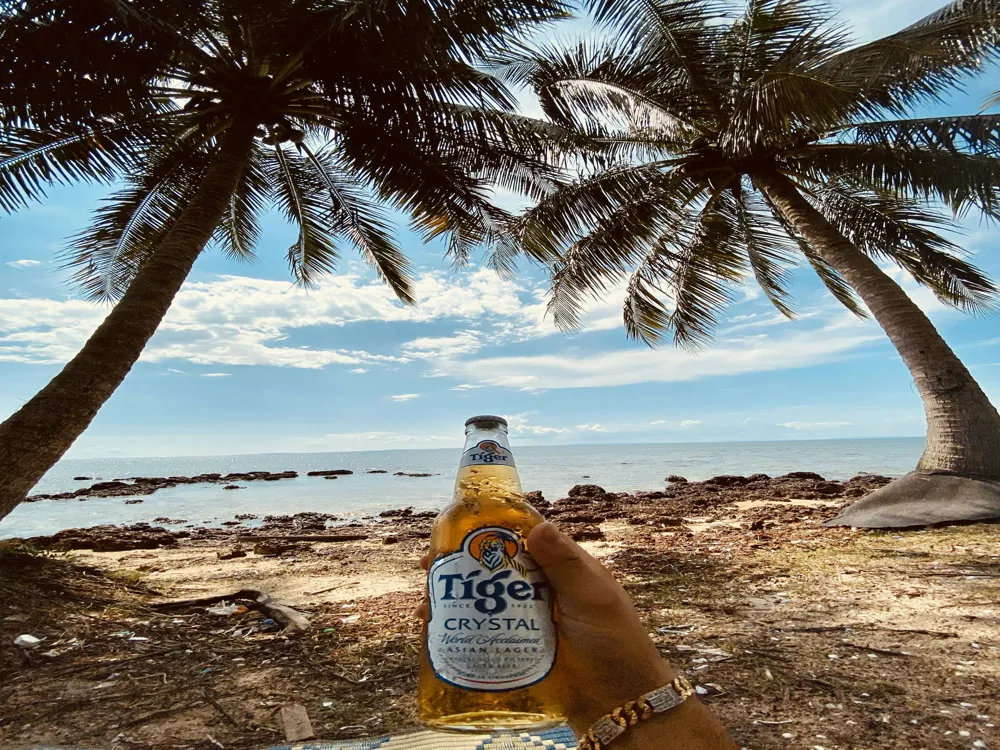The Independence Monument in Phnom Penh stands as a towering symbol of Cambodia's freedom from French colonial rule. Inaugurated in 1958 to commemorate Cambodia's independence, the monument is an iconic feature of Phnom Penh's cityscape. Situated at the intersection of Norodom Boulevard and Sihanouk Boulevard, this majestic structure is a testament to Cambodia's rich history and resilience. Designed by the renowned Cambodian architect Vann Molyvann, the Independence Monument melds traditional Khmer architectural styles with modern design elements, creating a unique and striking landmark. Standing at 37 meters tall, it is adorned with a lotus-shaped stupa, reminiscent of the style seen at the famous Angkor Wat temple. The monument is particularly stunning at night when it is illuminated by red, blue, and white floodlights, symbolizing the Cambodian national flag. Throughout the year, the Independence Monument becomes the focal point for celebrations and national ceremonies, including Independence Day and Constitution Day. It is surrounded by a well-maintained garden, which features a statue of King Father Norodom Sihanouk, further adding to the site's significance and solemnity. Visitors to the monument can explore its surroundings and appreciate the intricate details of its design, which include five heads of the mythical serpent, Naga, and delicately carved motifs that reflect Cambodia's rich cultural heritage. The monument not only serves as a symbol of national pride but also as a reminder of the country's journey towards independence and self-determination. The architecture of the Independence Monument in Phnom Penh is a remarkable blend of traditional Khmer design and modern architectural elements. Its design was masterminded by the Cambodian architect, Vann Molyvann, who was instrumental in shaping the modernist architectural movement in Cambodia during the mid-20th century. The monument's primary structure resembles a lotus-shaped stupa, which draws inspiration from the ancient temples of Angkor. The stupa is a symbolic representation of the universe in Buddhist cosmology, and its inclusion in the monument's design reflects the deep spiritual roots of Cambodian culture. One of the most distinctive features of the Independence Monument is its multi-headed Naga motifs. The Naga, a mythical serpent, is a significant symbol in Hinduism and Buddhism and is deeply embedded in Khmer mythology and art. The five heads of the Naga on the monument represent the protection of the Cambodian kingdom. The intricate carvings and bas-reliefs that adorn the monument are indicative of Khmer craftsmanship and artistry. These designs feature a blend of floral patterns, mythical creatures, and traditional motifs, all meticulously crafted to create a stunning visual narrative of Cambodia's history and culture. The use of laterite and sandstone in the monument's construction is also noteworthy. These materials are commonly found in ancient Khmer temples, thus providing a tangible link between Cambodia's past and present. The monument's vertical lines and sharp angles create a dynamic visual effect, making it a striking example of modernist architecture with a Khmer twist. The Independence Monument is not only a masterpiece of design but also a powerful symbol of Cambodia's struggle for sovereignty. Its architectural elements come together to tell a story of national pride, resilience, and the enduring spirit of the Cambodian people. Plan your visit either early in the morning or late in the afternoon to avoid the midday heat. The monument is particularly beautiful during sunset when the sky's changing colors provide a stunning backdrop. As the Independence Monument is a revered site, visitors are advised to dress modestly. Avoid wearing revealing clothes and opt for attire that covers shoulders and knees. The monument offers excellent photo opportunities. For the best shots, capture the monument's reflection in the surrounding water features or visit at night when the monument is beautifully lit. Combine your visit to the Independence Monument with other nearby attractions like the Royal Palace, Silver Pagoda, and the National Museum for a fulfilling day of exploring Phnom Penh's rich culture and history. When exploring the site, remember to be respectful of its cultural significance. Avoid loud noises and inappropriate behavior, and be mindful of local customs and traditions. Reaching the Independence Monument in Phnom Penh is convenient and accessible by various modes of transportation. The monument's central location makes it easily reachable from different parts of the city. Visitors can opt for a tuk-tuk or a taxi, which are readily available throughout the city. For those preferring a more local experience, riding a motorbike or cycling can be an adventurous way to get to the monument. Additionally, many tour operators in Phnom Penh include the Independence Monument in their city tour packages, making it a hassle-free option for tourists. Visitors should always negotiate the fare before starting their journey to ensure a fair price. Read More:Overview of Independence Monument in Phnom Penh
Architecture of Independence Monument
Tips When Visiting Independence Monument
Best Time to Visit
Respectful Attire
Photography Tips
Nearby Attractions
Local Etiquette
How To Reach Independence Monument
Independence Monument
Phnom Penh
₹ 19,999 onwards
View phnom-penh Packages
Phnom-penh Travel Packages
View All Packages For Phnom-penh
Top Hotel Collections for Phnom-penh

Private Pool

Luxury Hotels

5-Star Hotels

Pet Friendly
Top Hotels Near Phnom-penh
Other Top Ranking Places In Phnom-penh
View All Places To Visit In phnom-penh
View phnom-penh Packages
Phnom-penh Travel Packages
View All Packages For Phnom-penh
Top Hotel Collections for Phnom-penh

Private Pool

Luxury Hotels

5-Star Hotels

Pet Friendly









/choeung-ek-genocidal-center-killing-fields-slider-1.webp)
